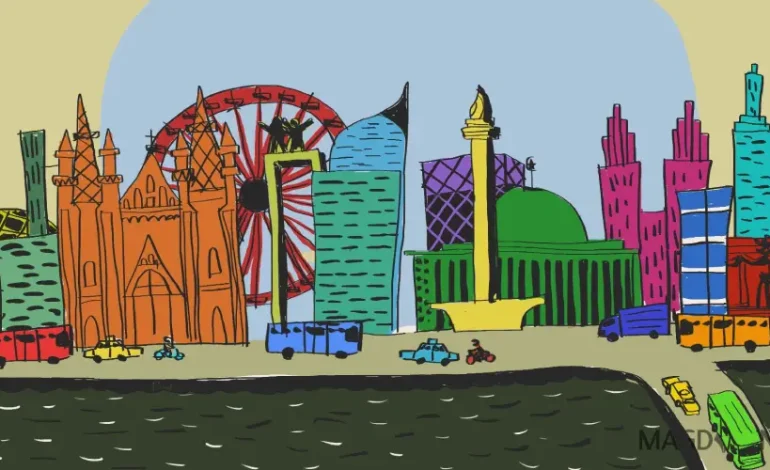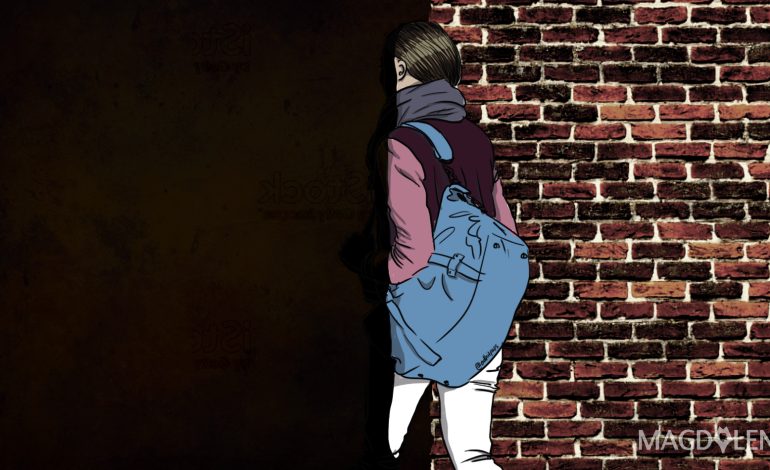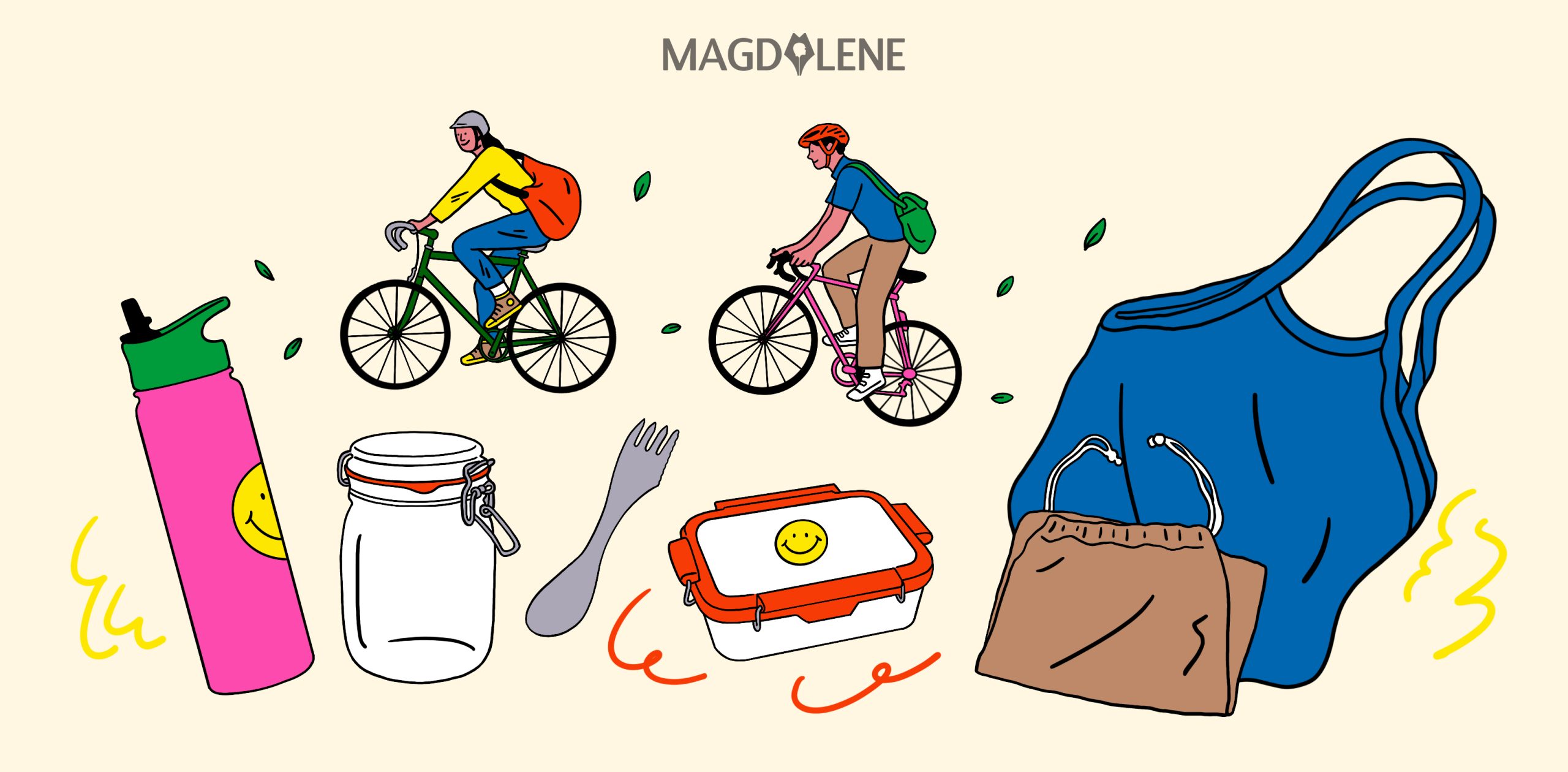Gender Makes a World of Difference for Safety on Public Transport

Urban environments are not gender-neutral. Architects and urban designers are increasingly seeking to understand how gender-sensitive design can combat the spatial inequities faced by those who identify as women and girls of all demographics, races and socio-economic groups. Public transport spaces, for instance, incubate many systemic issues.
The observable differences between how men and women travel around cities can be attributed to the gendered power hierarchies entrenched in our society. As suggested by a University of California study, this may stem from our long history of gender inequality, which reinforces rigid binary definitions of femininity and masculinity.
To this day, women are more likely than men to have extra domestic and care-giving responsibilities, but fewer transport options. This affects their travel patterns. Women are more likely to move between multiple destinations throughout their daily commute.
Gendered inequalities in transport use open a myriad of additional concerns. For women, this includes a disproportionate fear of victimization in public transport spaces.
Places of sexual harassment

The spatial factors of public transport do not exist separately from these systemic gender issues. In particular, the scale and transitory nature of trams, trains, buses, taxis and ride-sharing services give perpetrators a guaranteed close and anonymous proximity to their targets.
Women also feel more at risk in areas near to public transport. These spaces include pedestrian subways and bridges, stations, access and bike paths. As a result, avoiding danger in these areas has become a priority for women as they move around the city.
Sexual harassment, as defined by the Centre Against Sexual Assault, is a crime that includes: stalking, unwanted touching, obscene gestures, voyeurism, unwanted sexual comments or jokes, sex-related insults, pressuring for dates or sex, indecent exposure, being forced to watch or participate in pornography, offensive written material, and unwanted offensive and invasive interpersonal communication through electronic devices or social media. It’s reported to affect one in ten women. But the actual figure is likely to be much higher, as over 80% of sexual crimes against Australian women go unreported.
The fear of sexual harassment in urban areas is so widespread that a 2016 national survey found Australian girls and women regularly modify their behavior to reduce their risk of harassment. More are staying at home rather than going out at night. When they do go out, women make meticulous decisions about their clothing and limit their movements to particular areas of the city. Many completely avoid public transport spaces. This indicates that women are internalizing the message that safety from sexual harassment is solely their responsibility.
Public transport providers perpetuate this message by advising commuters to regulate their behavior to stay safe. Travelers are encouraged to sit with other passengers, use the carriage closest to the driver’s cabin, plan ahead to avoid extended waiting times, and keep to well-lit areas or designated “safety zones”.
This advice fails to acknowledge the role of gender in public transport safety. It also causes passengers who don’t feel safe to become hypersensitive to their surroundings. The provision of CCTV cameras and alarm buttons is important, but these may become useful only after a sexual crime has already been committed. So new approaches to safety need to be pursued.
Of course, sexual harassment in public transport spaces is not exclusive to Australia. Several nations, including India, Pakistan, Mexico, the UK, Japan, Malaysia, Egypt, Philippines and European Union states, have introduced segregated public transport or taxi services as a response. In Australia, a female-only ride-sharing service, Shebah, is operating in Melbourne, Geelong, Sydney, Brisbane, the Gold Coast and the Sunshine Coast, with more locations on the way.
The problem with short-term solutions
Gender segregation is, however, only a short-term solution. It’s problematic in that it reinforces the gender stereotypes contributing to the societal causes of sexual violence.
Importantly, segregation marginalises individuals from the LGBTQI community and those who have fluid or non-conforming gender identities. The present victim-blaming approach to safety on public transport does not only affect cis-gendered women. For example, the New South Wales Police website advises LGBTQI people to “wear something over your outfit, such as a jacket or overcoat, or consider changing at your destination” if “frocking up for the night (for example, in ‘drag’ or something revealing)”.
At a fundamental level, segregation perpetuates a rape culture that blames victims and frames all men as threats to women. It’s a knee-jerk response that reinforces outdated power dynamics and erases the complexity of gender identity.
Designing for safety
Society is now acknowledging how factors of race, age, disability, socioeconomic status, sexuality and gender intersect to influence the everyday lived experiences of Australians. We need to rethink our approach to safety design to reflect this understanding.
By 2030, public transport use is predicted to grow by 30 percent in Australia. So it’s crucial to create gender-sensitive, safe and accessible public transport spaces. Currently, sexual harassment does not significantly influence the safety design of our public transport environments. Instead, safety measures are generalized and gender-blind. But if we are to properly address this widespread issue, we need to include diverse voices in the conversation and conduct more research into how these environments contribute to sexual harassment.
Collating data on the experiences of women and girls in cities, using geolocative methods and analysis, has produced promising results. Crowd-mapping techniques extend activist campaigns such as the international Everyday Sexism Project, South Asia’s Safetipin, India’s Harassmap, and the Australian pilot of Free to Be. These digital campaigns encourage women who have experienced or fear sexual harassment to disclose the location and context of their experience “in their own words, without the restrictions on narrative form associated with the traditional justice system”.
With negative experiences resulting in entrenched behavior in women navigating through the city, creating safe public transport spaces is critical. We urgently need to build on the emerging data and develop new approaches to the design and delivery of urban transport that productively supports the needs of all urban Australians.
Nicole Kalms is the Director of XYX Lab and a senior lecturer in the Department of Architecture at Monash University, Monash University and Hannah Korsmeyer is a researcher, XYX Lab and a lecturer on Design at Monash University
This article was first published on The Conversation, a global media resource that provides cutting edge ideas and people who know what they are talking about.






















